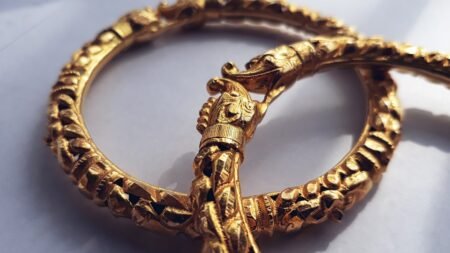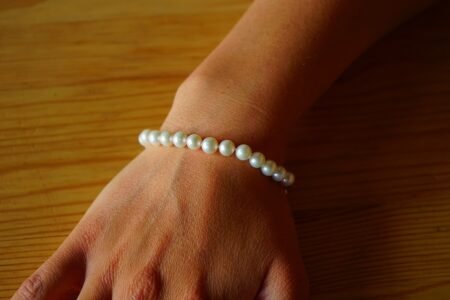
The Ethical Dilemma: Examining the Diamond Industry and Conflict Diamonds
Diamonds have long been considered a symbol of luxury, beauty, and eternal love. However, behind the sparkle lies a dark reality that many consumers are unaware of – the issue of conflict diamonds. Also known as blood diamonds, these gems have been mined and sold to finance armed conflict against governments. The ethical dilemma arises when we consider the human rights abuses, environmental destruction, and economic exploitation associated with the diamond industry.
The Origins of Conflict Diamonds
Conflict diamonds have their roots in countries plagued by civil wars, political instability, and corruption. These gems are typically mined in war zones, where rebel groups or militias control the mines and use the profits to fund their activities. The diamonds are then smuggled into the global market, making it difficult to trace their origins.
The Impact on Human Lives
One of the most significant ethical concerns surrounding conflict diamonds is their impact on human lives. In war-torn regions, diamond mining is often accompanied by forced labor, child labor, and human rights violations. Miners work in dangerous conditions, devoid of proper safety equipment and regulations. This not only endangers their lives but also exposes them to health hazards such as respiratory diseases from inhaling dust and silica.
Children are particularly vulnerable in the diamond mining industry. Many are forced to work long hours in hazardous conditions, depriving them of an education and a normal childhood. This perpetuates the cycle of poverty and denies them the opportunity to break free from the cycle of exploitation.
Environmental Destruction
The diamond industry’s environmental impact is another ethical concern. Mining practices often involve clearing forests and digging deep into the earth, leading to deforestation and habitat destruction. This disruption of ecosystems can have long-lasting effects on biodiversity, disrupting the delicate balance of plant and animal life.
Mining also requires large amounts of water, which can deplete local water sources and harm nearby communities that rely on them for their survival. Moreover, the use of heavy machinery and chemicals in diamond extraction can pollute waterways, contaminating the water supply and harming aquatic life.
The Kimberley Process and Its Limitations
In response to the issue of conflict diamonds, the international community established the Kimberley Process Certification Scheme in 2003. This initiative aimed to regulate the diamond trade and prevent conflict diamonds from entering the legitimate market. However, the effectiveness of the Kimberley Process has been widely debated.
Critics argue that the Kimberley Process falls short in several areas. The narrow definition of conflict diamonds excludes human rights abuses and environmental destruction from its scope. Additionally, the process relies heavily on self-regulation by the diamond industry, which raises concerns about transparency and accountability. Furthermore, the system has been criticized for being vulnerable to smuggling and fraud, allowing conflict diamonds to enter the market undetected.
Making Ethical Choices
As consumers, we have the power to make a difference by making informed choices. When purchasing diamonds, it is essential to look for certifications such as the Responsible Jewellery Council or Fairtrade Gold and Diamonds. These certifications ensure that the diamonds are ethically sourced and mined under fair labor conditions.
Additionally, supporting brands and retailers that prioritize ethical sourcing and transparency can encourage the diamond industry to change its practices. Researching the company’s values, policies, and supply chain can help determine whether they align with your ethical standards.
The ethical dilemma surrounding conflict diamonds calls for greater industry transparency, stronger regulations, and consumer awareness. By understanding the issues and making conscious choices, we can contribute to a more ethical and sustainable diamond industry. Remember, behind every diamond lies a story, and it is up to us to ensure that story is one of fairness, respect, and social responsibility.












